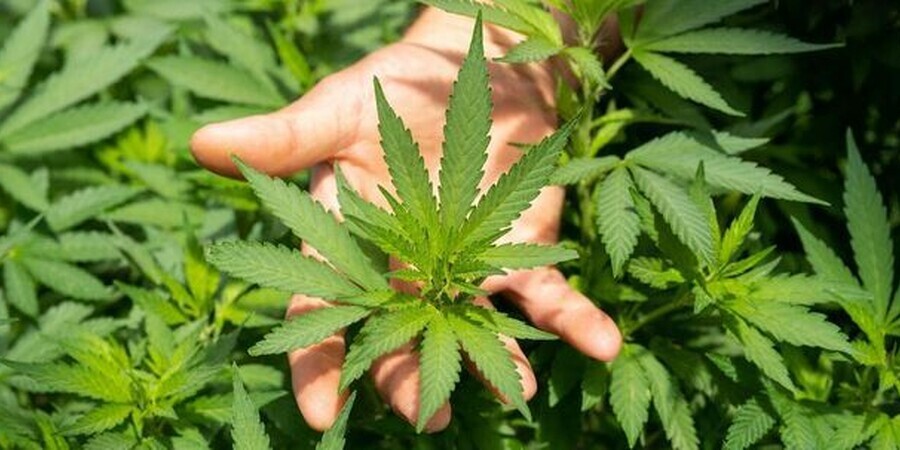Philadelphia, PA - Autoflowering cannabis plants offer a convenient and efficient way for growers to cultivate their own stash of homegrown cannabis. With their rapid growth and automatic flowering cycle, harvesting autoflower seeds requires careful timing and attention to detail to ensure optimal potency and yield. We'll delve into the intricacies of harvesting autoflower seeds, including when to harvest and how to do it for the best results.
Understanding Autoflowering Cannabis
Before diving into the harvesting process, it's essential to understand the unique characteristics of autoflowering cannabis plants. Unlike photoperiod plants, which rely on changes in light cycles to trigger flowering, autoflowering plants transition from vegetative growth to flowering automatically, typically within 2-4 weeks from germination. This rapid flowering cycle makes timing critical when it comes to harvesting autoflower seeds.
Determining the Right Time to Harvest
Knowing when to harvest autoflower seeds is crucial for maximizing potency, flavor, and yield. The ideal time to harvest depends on several factors, including the strain, growing conditions, and personal preferences. As a general rule of thumb, autoflowering plants are ready for harvest when the majority of the trichomes, the resinous glands that contain cannabinoids and terpenes, have turned milky white or amber in color.
Monitoring Trichome Development
Trichomes are the key indicators of ripeness when it comes to harvesting cannabis plants, including autoflowers. As the plants mature, the trichomes will change in appearance, transitioning from clear to cloudy and eventually to amber. Clear trichomes indicate that the plant is still developing, while cloudy trichomes suggest peak potency. Amber trichomes signal that the plant is beginning to degrade, resulting in a more sedative effect.
Using a Magnifying Tool
To accurately assess the maturity of the trichomes, growers can use a magnifying tool such as a jeweler's loupe or a digital microscope. These tools allow growers to get a close-up view of the trichomes and assess their color and clarity with precision. By examining the trichomes regularly leading up to harvest, growers can determine the optimal time to harvest based on their desired effects and preferences.
Inspecting the Buds
In addition to monitoring trichome development, growers should also inspect the buds themselves for signs of maturity. Fully mature autoflowering buds will be dense and resinous, with vibrant colors and a strong aroma. The pistils, or hair-like structures on the buds, may also change in color from white to orange or brown as the plant matures. These visual cues can help growers confirm that their plants are ready for harvest.
Considering Environmental Factors
Environmental factors such as temperature, humidity, and airflow can also influence the timing of harvest for autoflowering plants. Cooler temperatures and lower humidity levels towards the end of the flowering cycle can help preserve the plant's aroma and potency. Adequate airflow is essential for preventing mold and mildew, especially in dense, resinous buds.
Harvesting Techniques
When it comes time to harvest autoflower seeds, growers have several options for harvesting techniques. One common method is to harvest the entire plant at once, cutting it down at the base and trimming away excess foliage. Another option is to harvest the buds selectively, starting with the top colas and working down the plant gradually. Some growers may also choose to perform a staggered harvest, harvesting individual buds as they reach maturity.
Drying and Curing
After harvesting, the buds must be dried and cured properly to preserve their flavor, potency, and shelf life. Drying involves hanging the trimmed buds upside down in a cool, dark, and well-ventilated space for 7-10 days until they are dry to the touch. Once dry, the buds can be placed in airtight containers, such as glass jars, for curing. Curing allows the buds to develop their full flavor and aroma over time, typically 2-4 weeks or longer.
Storing Autoflower Seeds
Proper storage is essential for preserving the quality of best autoflower seeds after harvest. Stored in a cool, dark, and dry place, such as a refrigerator or a dedicated seed storage container, autoflower seeds can remain viable for months or even years. It's crucial to protect the seeds from moisture, light, and fluctuations in temperature to prevent degradation and maintain their germination potential.
Conclusion
In conclusion, harvesting autoflower seeds requires careful timing, observation, and attention to detail to ensure optimal results. By monitoring trichome development, inspecting the buds, considering environmental factors, and using appropriate harvesting techniques, growers can harvest autoflower seeds at the peak of potency and flavor.
Proper drying, curing, and storage further enhance the quality of the final product, allowing growers to enjoy the fruits of their labor for months to come. With the right approach, harvesting autoflower seeds can be a rewarding and satisfying experience for cannabis enthusiasts of all levels.


